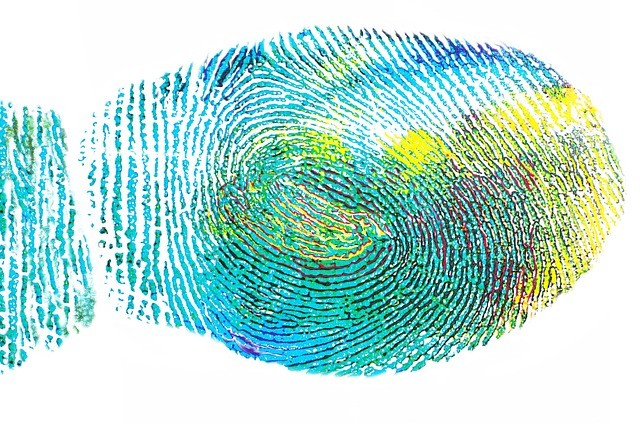Hong Kong is currently hosting the Nifty conference. This is the first conference to focus on collectible tokens, such as those used in CryptoKitties or e-games. These tokens are known as non-fungible tokens (NFTs). The conference’s focus on NFTs highlights an area in the blockchain space that is not well-known or understood by most people. What exactly are non-fungible tokens and how are they different from the tokens issued by ICO projects?
The difference between the two token types centers on the concept of ‘fungibility’. A fungible token means that one token is the same as another. For example, if I have one Bitcoin it is worth exactly the same as another and is indistinguishable from a value perspective. My Bitcoin is worth the same as yours.
On the other hand, a non-fungible token is unique. It can’t be traded for another token. A good example of a non-fungible token is a CryptoKitty. Each Kitty is represented by a token on the blockchain, but my Kitty is very different from your Kitty.
While CryptoKitties is perhaps the best-known example of an application making use of NFTs, there are several other good use cases for this type of token.
Digital assets in games
CryptoKitties falls under this use case. Other games that make use of digital assets could also leverage NFTs to make assets more secure and easier to trade among users.

Real-world assets
For a real-world asset, an NFT would represent ownership. For example, if I had an antique painting, I could represent it by an NFT on the blockchain to represent my ownership. If I choose to sell the painting, a smart contract could facilitate the transaction.
Fractional ownership
Real world assets can also be fractionalized using the blockchain. What this means is that rather than having a single NFT for a house, the ‘house’ could be represented on the blockchain as 100 tokens. Depending on how many ‘house’ tokens are owned, that would represent ownership of the house. For example, if I owned 60 of tokens, I would own 60% of the house.
Digital certificates
NFTs can also be used to represent digital certificates. For example, my birth certificate or driver’s license could be represented by an NFT on the blockchain and verified when required. This would do away with paper and make verification far easier.
Implications for ICOs
Unlike traditional ICOs which issue a native token and sell this to investors, projects that make use of NFTs cannot have an ICO unless they are also issuing a native token. By their nature, NFTs are unique and can’t be sold in bulk as part of an offering to investors. Most NFT projects will raise money via the traditional venture capital route or by selling the right to a unique digital asset in advance of the project’s completion.
Conclusion
There are undoubtedly other use cases for non-fungible tokens that haven’t been imagined yet. This is a very new concept and as more people understand the technology, further applications will be developed.
















